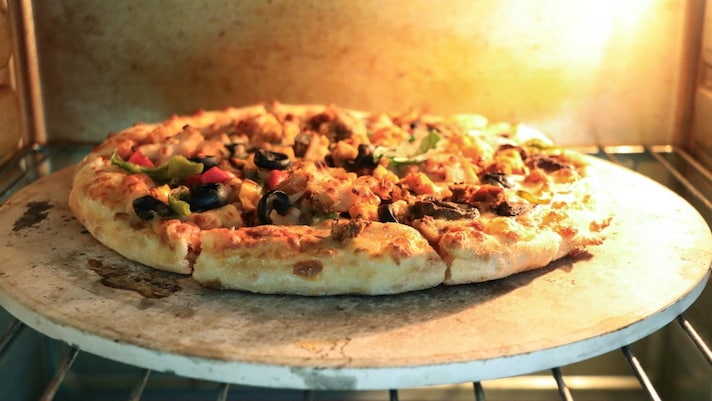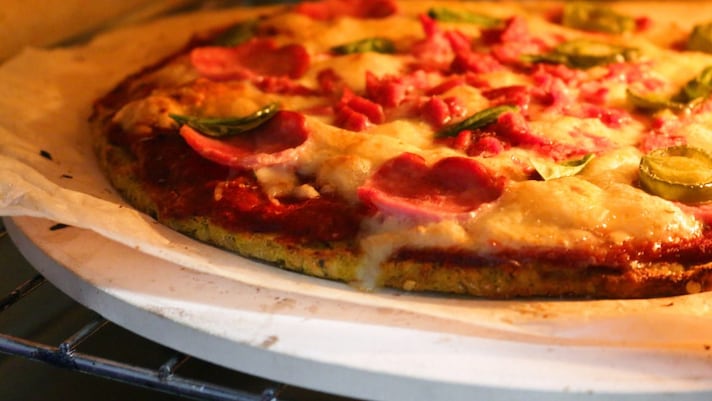How to Use a Pizza Stone in The Oven The Proper Way: Tips and Tricks for The Perfect Pizza!
A pizza stone can take homemade pizza from mediocre to pizzeria-level perfection, but only if used correctly. From preheating to proper cleaning, small mistakes can lead to soggy crusts or even a cracked stone. With a little care, this simple tool can transform the way you bake, far beyond just pizza.

Achieving a pizzeria-quality pizza at home can be challenging, but a pizza stone can be a game-changer. This tool transforms your standard oven into a pseudo-brick oven, delivering crispy crusts and evenly cooked toppings. However, to harness its full potential, it's essential to understand the proper usage and care of a pizza stone.
What Is a Pizza Stone?
A pizza stone is a flat slab, typically made from ceramic or stone, designed to absorb and retain heat. When placed in your oven, it provides a hot, porous surface that draws moisture from the dough, resulting in a crispier crust. Essentially, it mimics the conditions of a traditional wood-fired oven, allowing home cooks to produce superior pizzas.
1. Preheating is The Key to Success
Before baking, place your pizza stone on the oven's middle rack while the oven is still cold to prevent thermal shock, which can cause the stone to crack. Preheat the oven to 500°F (or your oven's highest safe temperature) and allow the stone to heat for at least 30 minutes. This ensures the stone reaches the optimal temperature for baking a perfect crust.

2. Preparing Your Pizza
As the stone heats, assemble your pizza on a pizza peel or a piece of parchment paper to facilitate easy transfer. Lightly dust the peel or paper with flour or cornmeal to prevent sticking. Once your pizza is ready, carefully slide it onto the preheated stone using a quick, jerking motion.
3. Baking and Monitoring
Bake the pizza until the crust is golden and the cheese is bubbly, typically between 10 to 12 minutes, depending on your oven and the thickness of your crust. It's advisable to monitor the pizza closely to prevent overcooking. If your oven has hot spots, rotating the pizza halfway through baking can promote even cooking.
4. Removing the Pizza
Once done, use the pizza peel to remove the pizza from the stone. If you don't have a peel, a flat baking sheet can serve as a substitute. Allow the pizza to cool for a few minutes before slicing to let the cheese set, ensuring cleaner cuts and a better eating experience.

5. Cleaning and Maintenance
After the stone has completely cooled, gently scrape off any residual food particles with a plastic spatula or brush. Avoid using soap or submerging the stone in water, as it can absorb moisture and potentially crack during future use. Instead, wipe it down with a damp cloth if necessary and allow it to air dry thoroughly before storing.
Avoiding Common Pitfalls
To prolong the life of your pizza stone, avoid subjecting it to rapid temperature changes, such as placing a cold stone into a hot oven or exposing a hot stone to cold air or water. Additionally, refrain from using oils or fats directly on the stone, as they can cause smoking and unpleasant odors during subsequent uses.
Beyond Pizza: Explore Versatility
While designed for pizza, a pizza stone is versatile and can be used to bake bread, pastries, and even reheat leftovers, providing a crisp texture. Its ability to distribute heat evenly makes it a valuable tool for various baking applications.
;Resize,width=767;)
;Resize,width=712;)


